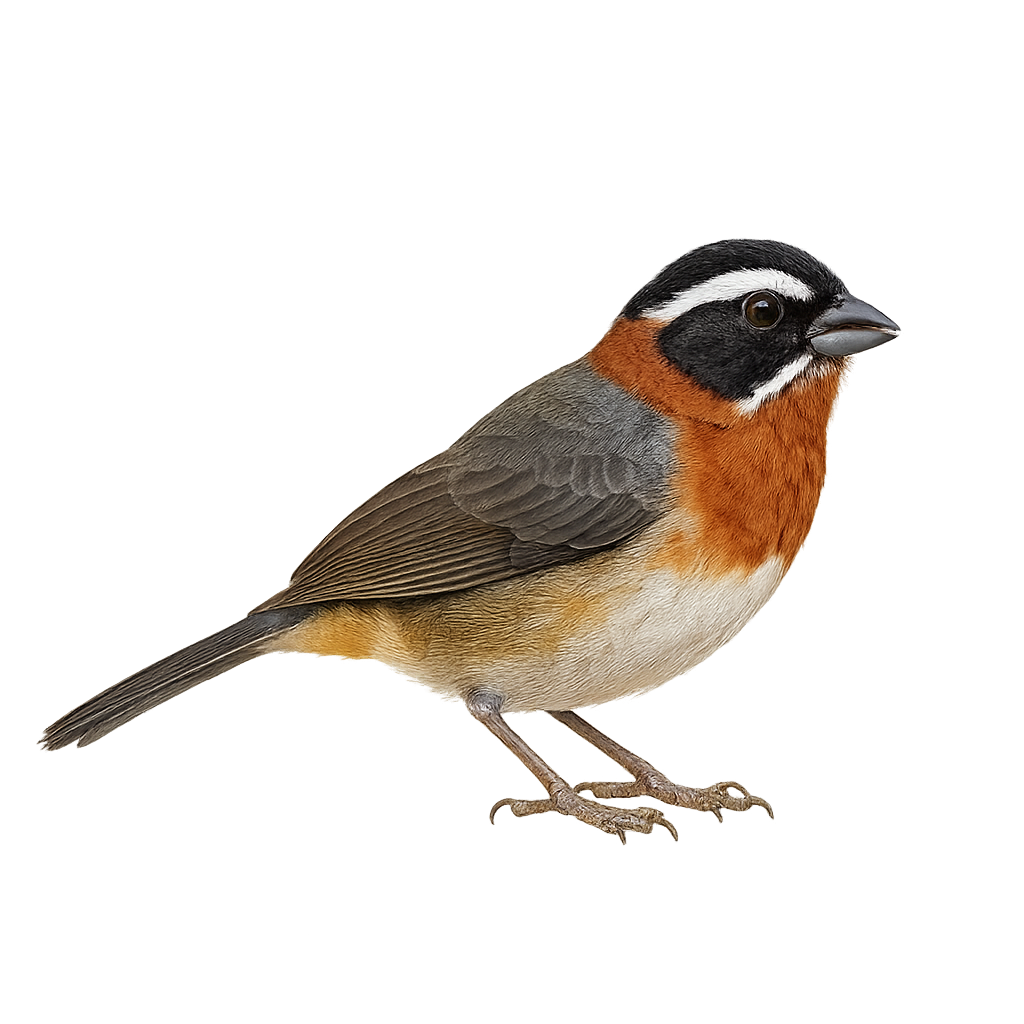Your wildlife photography guide.
Explore the black-and-chestnut warbling finch in detail, study its behavior, prepare your shots.
Where to observe and photograph the black-and-chestnut warbling finch in the wild
Learn where and when to spot the black-and-chestnut warbling finch in the wild, how to identify the species based on distinctive features, and what natural environments it inhabits. The WildlifePhotographer app offers tailored photography tips that reflect the black-and-chestnut warbling finch’s behavior, helping you capture better wildlife images. Explore the full species profile for key information including description, habitat, active periods, and approach techniques.
Black-and-chestnut Warbling Finch
Scientific name: Poospiza whitii

IUCN Status: Least Concern
Family: THRAUPIDAE
Group: Birds
Sensitivity to human approach: Suspicious
Minimum approach distance: 10 m
Courtship display: November to December
Incubation: 12-13 jours
Hatchings: November to January
Habitat:
Humid forests, shrublands, mountains
Activity period :
Primarily active during the day, with peak activity in the morning and late afternoon.
Identification and description:
The Black-and-chestnut Warbling Finch is a small passerine bird belonging to the Thraupidae family. It is mainly found in the mountainous regions of South America, particularly in Bolivia and Argentina. This bird is distinguished by its gray and brown plumage, with a characteristic white stripe above the eye, giving it an expressive look. It inhabits humid forests and shrublands, where it primarily feeds on insects and seeds. The Black-and-chestnut Warbling Finch is a discreet bird, often seen in small groups or pairs. Its ability to blend into its environment sometimes makes it difficult to spot, but its melodious song often reveals its presence.
Recommended lens:
400mm – adjust based on distance, desired framing (portrait or habitat), and approach conditions.
Photography tips:
To photograph the Black-and-chestnut Warbling Finch, it is advisable to use a 400mm lens or longer to capture precise details without disturbing the bird. Look for areas where the bird is active, such as humid forests or shrublands. Be patient and discreet, as this bird is suspicious and can quickly hide. Listen for its song to locate its position. The best times to observe it are early in the morning or late in the afternoon, when natural light is soft and flattering.
The WildlifePhotographer App is coming soon!
Be the first to explore the best nature spots, track rutting seasons, log your observations, and observe more wildlife.
Already 1 432 wildlife lovers subscribed worldwide

